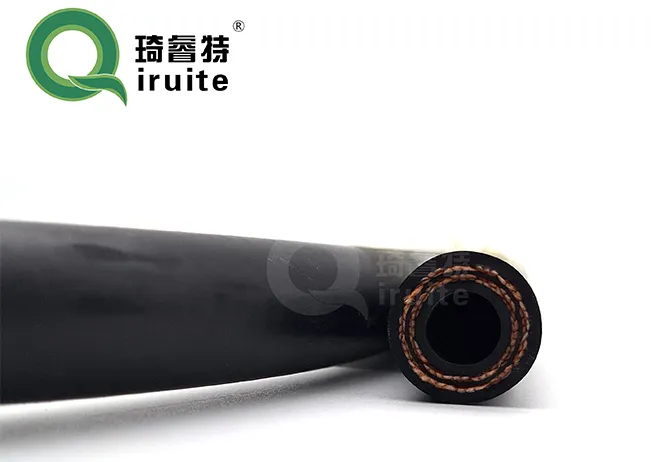Understanding the Function and Applications of Stove Pipe Couplings in HVAC Systems
Understanding Stove Pipe Couplings An Essential Component for Your Ventilation System
In the world of home heating and ventilation, stove pipe couplings play a critical role in ensuring efficient performance and safety. As homeowners or builders embark on the installation of stoves, fireplaces, or any heating appliance that requires exhaust systems, understanding the function and importance of stove pipe couplings becomes essential.
Stove pipe couplings are connectors designed to join two lengths of stovepipe or venting systems. They are typically used in wood, coal, or gas appliances to create a secure and airtight connection between the stove and the chimney or flue. The effectiveness of any heating system relies heavily on the removal of combustion gases, and this is where stove pipe couplings come into play.
One of the primary advantages of using high-quality stove pipe couplings is their ability to prevent leaks
. A well-fitted coupling ensures that smoke and hazardous gases do not escape into the living area, which can present serious health risks. Furthermore, proper installation of couplings aids in maintaining the efficiency of the appliance. Any leak in the venting system can lead to a loss of heat and a decrease in energy efficiency, resulting in higher energy bills and a negative environmental impact.When choosing stove pipe couplings, several factors must be considered. The material of the coupling is crucial; most couplings are made from galvanized steel, stainless steel, or black iron, each offering different levels of durability and resistance to rust, corrosion, and high temperatures. Stainless steel, while typically more expensive, offers superior longevity and is ideal for more demanding applications.
stove pipe coupling

Moreover, the size of the coupling should correspond to the diameter of the stovepipe being used. Proper sizing not only ensures a snug fit but also contributes to the overall safety and effectiveness of the installation. A coupling that is too large may allow for disconnection, while one that is too small may create undue stress on the pipes, leading to premature failure.
Installation of stove pipe couplings must be approached with care. It is recommended to use high-temperature sealant or metal tape in addition to the coupling to ensure a complete seal. The connection should be checked for any signs of wear or defects regularly, especially after the heating season. This proactive approach can prevent larger, costly issues down the line.
In addition to their functional benefits, stove pipe couplings can also play a role in the aesthetic appeal of a heating installation. By selecting couplings that match the decor of the room or the style of the stove, homeowners can create a visually pleasing integration of heating solutions into their living spaces.
In summary, stove pipe couplings are a fundamental part of any heating system that employs venting or stovepipes. Their ability to ensure connections that are airtight and secure directly impacts both safety and efficiency. When selecting couplings, the choice of material, size, and installation technique should not be taken lightly. By investing in quality components and performing regular maintenance, homeowners can enjoy the benefits of a safe, efficient, and aesthetically pleasing heating system for years to come. As energy efficiency and safety become increasingly important in today’s homes, understanding and properly utilizing stove pipe couplings is an essential step in any heating installation project.
-
Ultimate Spiral Protection for Hoses & CablesNewsJun.26,2025
-
The Ultimate Quick-Connect Solutions for Every NeedNewsJun.26,2025
-
SAE J1401 Brake Hose: Reliable Choice for Safe BrakingNewsJun.26,2025
-
Reliable J2064 A/C Hoses for Real-World Cooling NeedsNewsJun.26,2025
-
Heavy-Duty Sewer Jetting Hoses Built to LastNewsJun.26,2025
-
Fix Power Steering Tube Leaks Fast – Durable & Affordable SolutionNewsJun.26,2025

